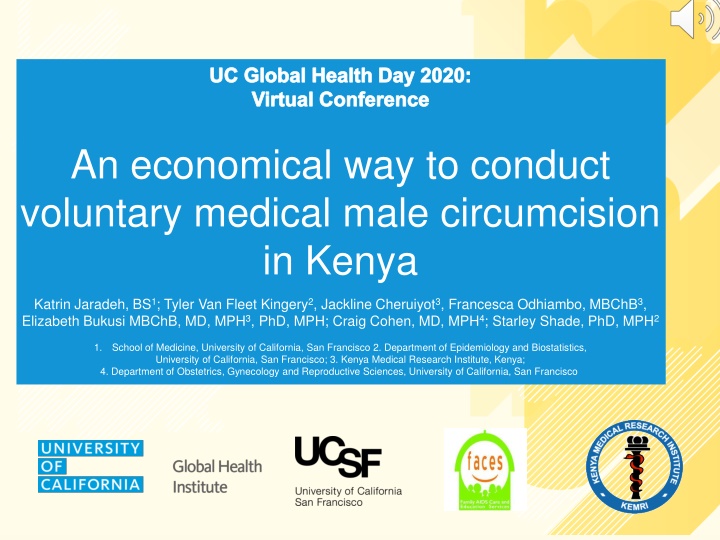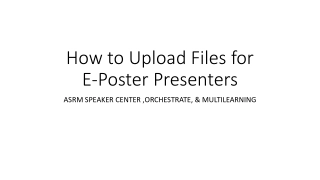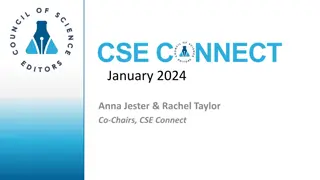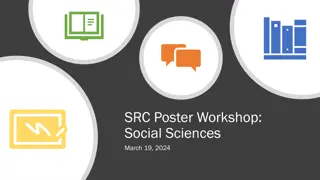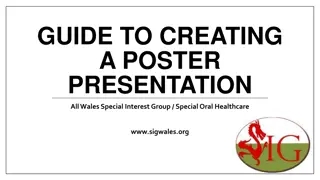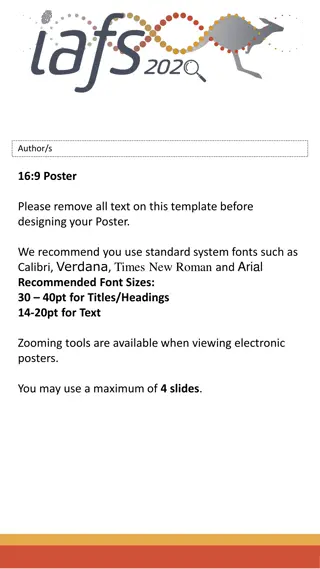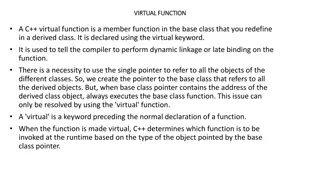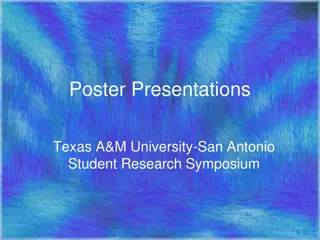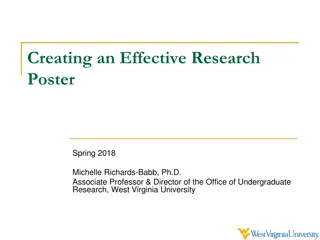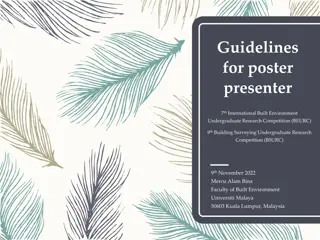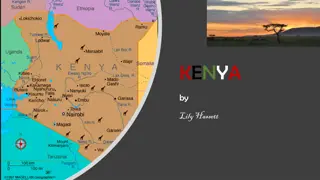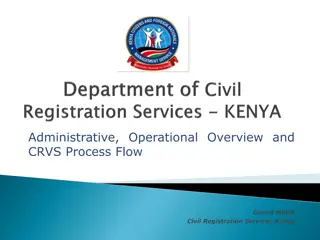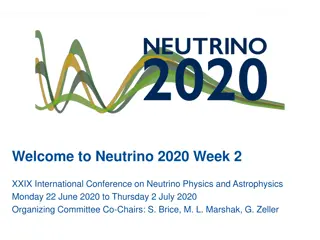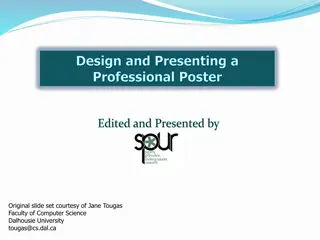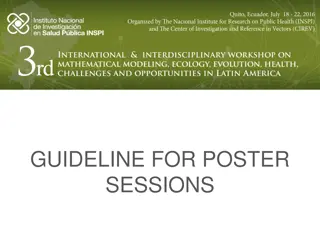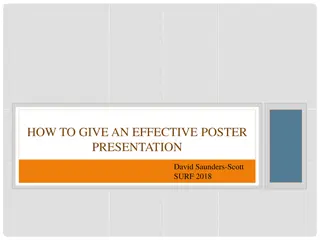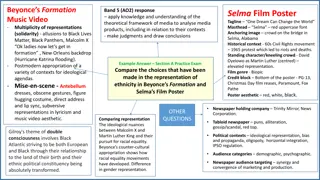Cost-Effectiveness of Voluntary Medical Male Circumcision in Kenya
The study conducted in Kenya assessed the costs of voluntary medical male circumcision (VMMC) under Rapid Results Initiatives (RRIs) compared to routine VMMC services. Findings revealed that FACES dedicated funds towards VMMC with significant cost variations between RRI months and routine VMMC. Although there were limitations in cost allocation, implementing RRIs showed increased efficiency and scale-up of VMMC services, thereby offering a sustainable and efficient approach to male circumcision in the region.
Download Presentation

Please find below an Image/Link to download the presentation.
The content on the website is provided AS IS for your information and personal use only. It may not be sold, licensed, or shared on other websites without obtaining consent from the author.If you encounter any issues during the download, it is possible that the publisher has removed the file from their server.
You are allowed to download the files provided on this website for personal or commercial use, subject to the condition that they are used lawfully. All files are the property of their respective owners.
The content on the website is provided AS IS for your information and personal use only. It may not be sold, licensed, or shared on other websites without obtaining consent from the author.
E N D
Presentation Transcript
UC Global Health Day 2020: Virtual Conference An economical way to conduct voluntary medical male circumcision Opening Slide (change photo) in Kenya Katrin Jaradeh, BS1; Tyler Van Fleet Kingery2, Jackline Cheruiyot3, Francesca Odhiambo, MBChB3, Elizabeth Bukusi MBChB, MD, MPH3, PhD, MPH; Craig Cohen, MD, MPH4; Starley Shade, PhD, MPH2 1. School of Medicine, University of California, San Francisco 2. Department of Epidemiology and Biostatistics, University of California, San Francisco; 3. Kenya Medical Research Institute, Kenya; 4. Department of Obstetrics, Gynecology and Reproductive Sciences, University of California, San Francisco
Background Globally, 36.9 million people are living with HIV as of 2017. Voluntary medical male circumcision (VMMC) has been shown to reduce male-to-female HIV infection rates by ~60%. Substantial progress has been made in scaling-up of VMMC (~14.5 million during 2008-2016), but countries are not currently on track to meet 2021 targets (at 70% of target in 2016). Governments implemented Rapid Results Initiatives (RRI) to meet scale-up targets. We compared costs of VMMC conducted within RRIs, which include mobilization of adolescent males during school holidays, and routine VMMC. 2
Methodology We estimated costs of VMMC conducted in and out of an RRI month between 10/2017 and 09/2018 in 47 sites across 5 counties supported by Family AIDS Care & Education Services (FACES). We reviewed ledger data, categorized items into standard costing categories and allocated fixed (non-varying) costs, recurring costs, and costs associated with RRIs. We utilized routine programmatic data to estimate the number of VMMC conducted under RRI and routine VMMC services. We estimated the average cost per circumcision conducted during RRI and routine VMMC months. We examined the variation in costs and VMMCs conducted over time. Image 1: Autoclaved surgical tools used for the procedure. Scissors, forceps, needle holder, kidney instrument tray, gauze, Gulli pot. 3
Major Findings/Results Overall, FACES dedicated $3,362,944 toward VMMC. This included $1,935,816 toward RRIs and $1,427,148 toward routine VMMC. Staff conducted 42,515 VMMC. Average cost=$US 78.66 per VMMC. Of these, 29,375 were conducted during RRIs. RRI months: November, April, July, August. Average cost of VMMC was $US 65.90 during RRIs and $US 106.70 during routine VMMC. Non-Varying Costs Varying Costs RRI Costs Figure 1 (above): Cost per circumcision for RRI and routine VMMC by category (non-varying, varying, RRI costs). Figure 2: Number of completed voluntary medical male circumcisions conducted in total across all sites per month compared to cost spending variation. COST USD 12/13/2024 4
Limitations and Conclusions Limitations Costs did not exactly match month of VMMC as mobilization costs preceded RRIs and other costs were paid after completion of RRIs (e.g. staff per diems). Conclusions The costs of VMMC within FACES fell well below previously published estimates. Implementation of RRIs increased both scale-up and efficiency of VMMC. RRIs offer an efficient and sustainable approach to VMMC as implementation reaches scale. 12/13/2024 5
References 1. Bailey, Robert C., et al. "Male circumcision for HIV prevention in young men in Kisumu, Kenya: a randomized controlled trial." The lancet 369.9562 (2007): 643-656. 2. Bautista-Arredondo, Sergio, et al. "Influence of supply-side factors on voluntary medical male circumcision costs in Kenya, Rwanda, South Africa, and Zambia." PloS one 13.9 (2018): e0203121 3. World Health Organization, WHO Progress Brief - Voluntary medical male circumcision for HIV prevention in priority countries of East and Southern Africa. July 2014. Available from: http://www.who.int/hiv/ topics/malecircumcision/male-circumcision-info-2014/en/ Accessed May 15, 2014. 6
